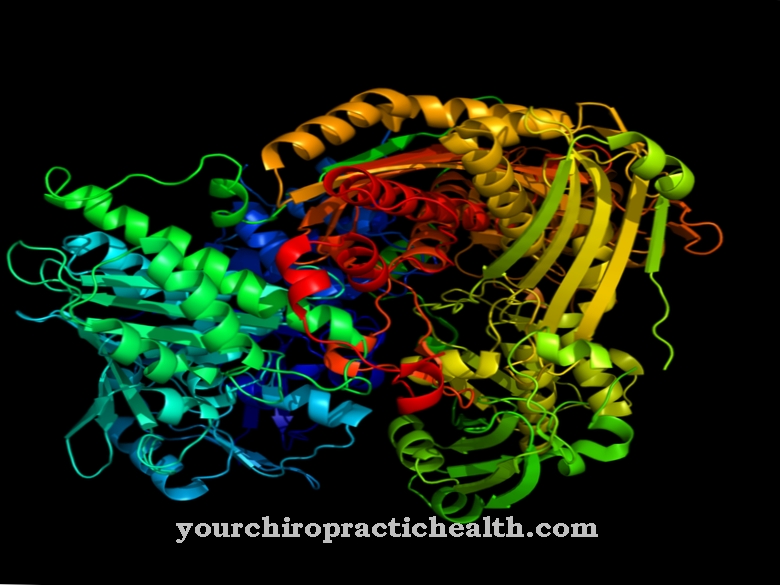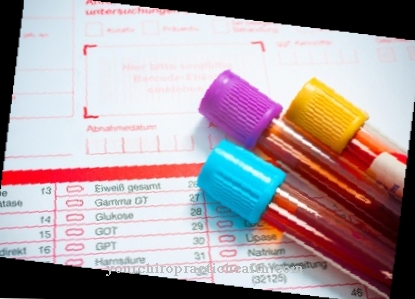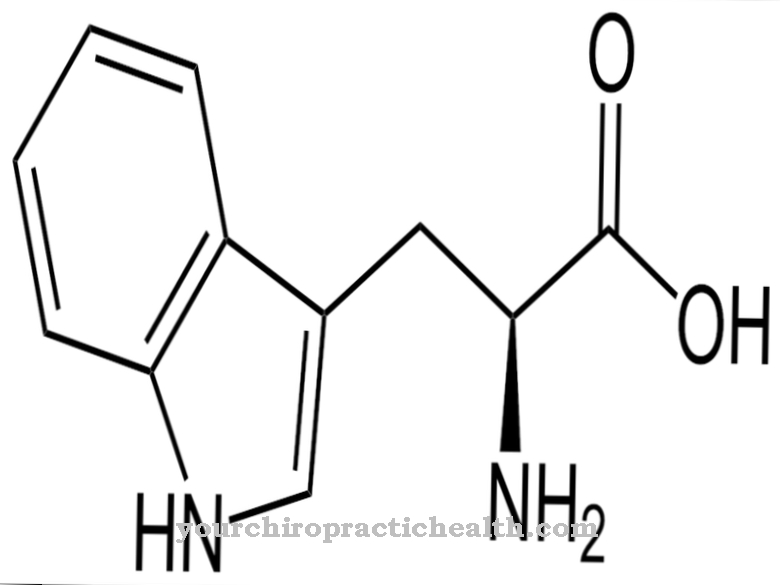Both Releasing hormones these are hormones that are produced in a specific area of the brain called the hypothalamus. These are releasing hormones and neuropeptides that are released from the brain into the blood and from there to the pituitary gland. There the releasing hormones induce the release of further hormones by the pituitary gland.
What are releasing hormones?
The releasing hormones control the release of other hormones. They are also known as hypophysiotropic or hypothalamic hormones. These releasing hormones, which are produced by the hypothalamus, are a series of hormones.
These include the corticotropin-releasing hormone, the tyrotropin-releasing hormone, the growth hormone-releasing hormone and the gonadotropin-releasing hormone. Two other hormones belong to this class, but they have an inhibitory effect on the release of other hormones. These are the release inhibiting hormones. These are somatostatin and dopamine. The following text will deal with the releasing hormones and not go into more detail about the release inhibiting hormones.
Function, effect & tasks
The tyrotropin-releasing hormone (TRH) ensures that the pituitary gland induces the formation and release of thyroid stimulating hormone (thyroid stimulating hormone) and prolactin. In addition, the TSH then leads to the release of the thyroid hormones T3 and T4.
The TRH is released when the body temperature drops and enables the metabolism to be stimulated through the TSH and the subsequent release. It has an indirect effect on gastric acid production and the peristaltic movement of the intestines. The TRH increases the heartbeat and also the blood pressure. It also has a regulating effect on insulin production. The corticotropin-releasing hormone (CRH) also acts in the anterior pituitary gland, where it activates the cAMP-dependent protein kinase A. This induces the release of the adrenocorticotropic hormone and this has an activating effect on the sympathetic system.
The CRH ensures the release of cortisone which takes place due to inflammatory processes in the body. The growth hormone-releasing hormone, which is also known as somatoliberin, regulates the release of somatotropin.Somatotropin is the growth hormone, which is also released from the anterior pituitary gland. The gonadotropin-releasing hormone, which is also known as follicle-stimulating hormone-releasing hormone, stimulates the pituitary gland to release follicle-stimulating hormone (FSH) and luteinizing hormone. These hormones are gonadotropins, which are also known as sex hormones. They regulate the function of the ovaries and testicles in the human body.
FSH stimulates egg cell growth in women and luteinizing hormone supports ovulation in women and the maturation of sperm in men. The gonadotropin-releasing hormone acts not only on the pituitary gland, but also directly on tissues such as the mammary gland, ovaries, lymphocytes and prostate.
Education, occurrence, properties & optimal values
The tyrotropin-releasing hormone (TRH) is produced in the hypothalamus as soon as the signal from adrenergic or serotoninergic neurons reaches the hypothalamus. The TRH is then produced and transported further via the hypothalamic-pituitary portal vein system. The secretion is subject to a circadian rhythm due to regulation by the suprachiasmatic nucleus. The highest release occurs at midnight, the lowest amount is available in the afternoon.
This type of release is also influenced by the limbic system to prepare the body for stress but also to regulate the rhythm between sleep phases and phases during which the person is awake. It also serves to regulate the body's temperature and suppress pain. It also inhibits food and fluid intake. The corticotropin-releasing hormone is released in a circadian rhythm. In the morning there is an increased release of this hormone compared to the evening. The release of the corticotropin-releasing hormone is regulated by its own release through negative feedback.
In addition, its release is also regulated by interleukin-1beta and the tumor necrosis factor (TNF). The growth hormone-releasing hormone is produced in the arcuate nucleus of the hypothalamus. The gonadotropin-releasing hormone is also formed by special cell types in the hypothalamus and then passed on to the pituitary gland by the circulating blood. This release occurs about every 2 hours in the human body and is controlled by the arcuate nucleus of the hypothalamus. This rhythmic release of the hormone is important for the production of the gonadotropin in the pituitary gland.
Diseases & Disorders
If the pituitary gland is defective, which is known as anterior pituitary insufficiency, the anterior lobe of this gland can no longer respond adequately to the TRH. As a result, the body releases too little TSH.
No T3 and T4 can be formed and distributed. This is known as secondary hypothyroidism. Tertiary hypothyroidism or Pickardt's syndrome arises from the fact that the vascular system between the hypothalamus and pituitary is disturbed. In the case of growth hormone-releasing hormone, pancreatic cancer can lead to the release of this hormone. Excessive production of the hormone can lead to so-called giant growth. If the gonadotropin-releasing hormone is not released, this is known as hypogonadotropic hypogonadism.
This results in a low release of luteinizing hormone and FSH due to an insufficient concentration of the gonadotropin-releasing hormone. This can occur due to a dysfunction of the hypothlamus, which is also known as tertiary hypogonadism. As in the case of the tyrotropin-releasing hormone, the low release of the gonadotropin-releasing hormone can also be due to a disruption of the blood transport from the hypothalamus to the pituitary gland. Long-term anorexia can also lead to a defect in gonadotropin-releasing hormone release.
























.jpg)



